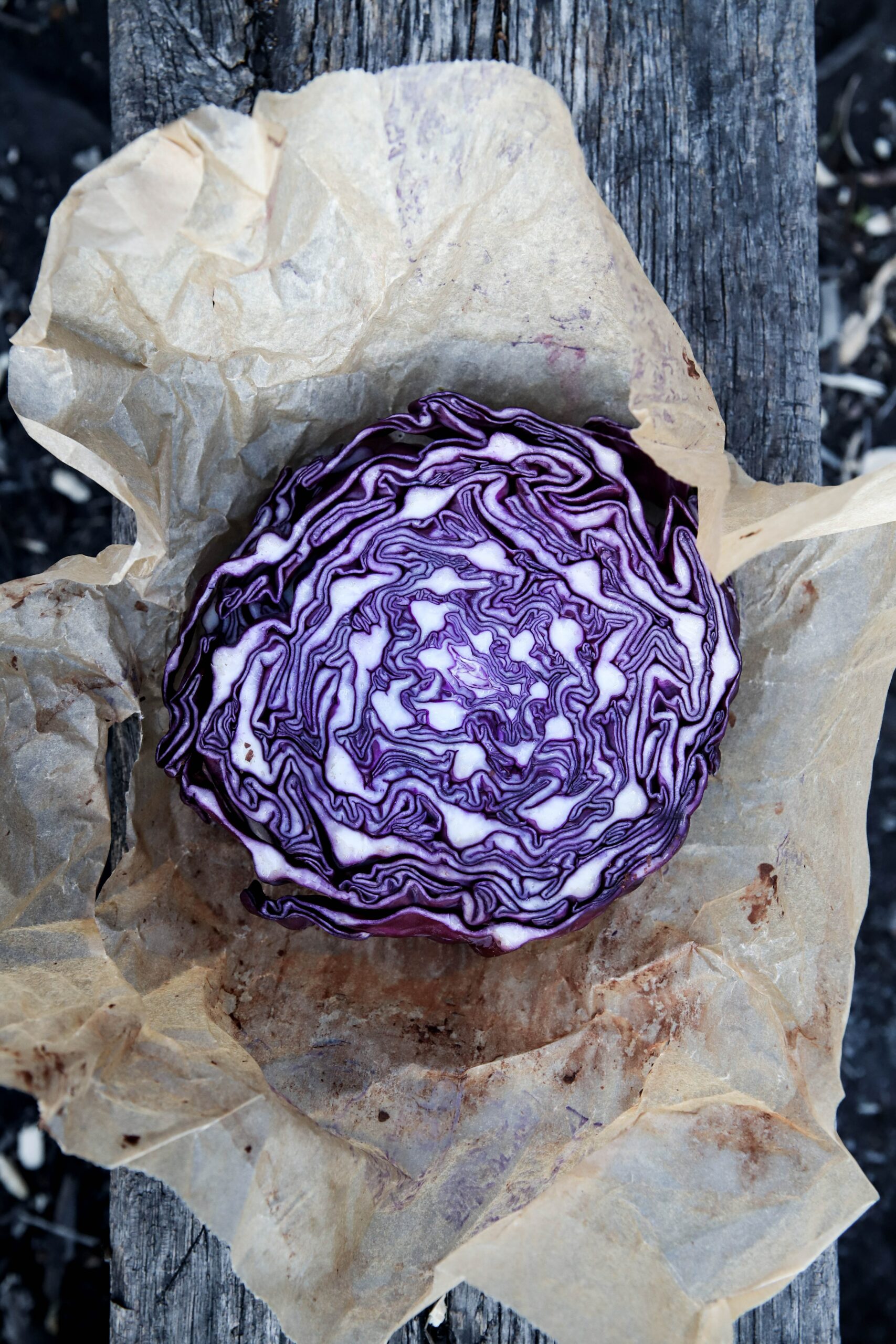Schinus molle
PERUANISCHER PFEFFERBAUM
Englische Bezeichnung: Peruvian Pepper
Spanische Bezeichnung: Schinus Molle

Familie
Sumachgewächse (Anacardiaceae)
Seine gefiederten, hellgrünen Blätter riechen würzig. Die Früchte sind klein und rot und enthalten den Samen. Die roten Beeren des Pfferbaums werden getrocknet mit ihrem Aroma auch als Pfefferersatz verwendet, obwohl das Sumachgewächs botanisch nicht mit dem Pfeffer verwandt ist.
Es ist eine Pflanze, die in der traditionellen Medizin weit verbreitet ist. Seiner Rinde und seinem Harz werden tonisierende, krampflösende und heilende Eigenschaften zugeschrieben und das Harz wird zur Linderung von Karies eingesetzt. Die frischen Früchte im Aufguss werden gegen Harnverhalt eingenommen. Die gekochten Blätter und die Bäder mit dem Wasser der Blätter in Abkochung, dienen als schmerzlindernd, heilend und entzündungshemmend für die äußere Anwendung, und die getrockneten Blätter, die der Sonne ausgesetzt sind, werden als Umschlag zur Linderung von Rheuma und Ischias verwendet.
In der Volksmedizin werden die Blätter und Blüten als heiße Umschläge gegen Rheuma und andere Muskelschmerzen verwendet. Die Blätter im Aufguss zusammen mit Eukalyptusblättern und in Inhalationen werden zur Linderung von Bronchialbeschwerden eingesetzt. Sein Harz findet ähnliche Anwendungen wie der Mastix.
Family
Sumac Family (Anacardiaceae)
Its pinnate, light green leaves have a spicy smell. The fruits are small and red and contain the seed. The red berries of the pepper tree are also used as a pepper substitute when dried with their aroma, although the sumac plant is not botanically related to pepper.
It is a plant that is widely used in traditional medicine. Its bark and resin are said to have tonic, antispasmodic and healing properties, and the resin is used to alleviate tooth decay. The fresh fruits in infusion are taken for urinary retention. The boiled leaves and baths with the water of the leaves in decoction, serve as analgesic, healing and anti-inflammatory for external use, and the dried leaves exposed to the sun are used as a poultice to relieve rheumatism and sciatica.
In folk medicine, the leaves and flowers are used as hot compresses for rheumatism and other muscle pains. The leaves in infusion together with eucalyptus leaves and in inhalations are used to relieve bronchial complaints. Its resin has similar uses to mastic.
Familia
Familia del zumaque (Anacardiaceae)
Sus hojas pinnadas, de color verde claro, tienen un olor picante. Los frutos son pequeños y rojos y contienen la semilla. Las bayas rojas del pimentero, cuando se secan, también se utilizan como sustituto de la pimienta por su aroma, aunque botánicamente la planta del zumaque no está relacionada con la pimienta.
La planta se utiliza ampliamente en la medicina tradicional. Se dice que la corteza y la resina tienen propiedades tónicas, antiespasmódicas y curativas, y la resina se utiliza para aliviar la caries. Los frutos frescos se toman en infusión para la retención de orina. Las hojas hervidas y los baños con el agua de las hojas en decocción se utilizan externamente como analgésico, cicatrizante y antiinflamatorio, y las hojas secas expuestas al sol se utilizan como cataplasma para aliviar el reumatismo y la ciática.
En la medicina popular, las hojas y las flores se utilizan como compresas calientes para el reumatismo y otros dolores musculares. Las hojas se utilizan en infusión junto con las hojas de eucalipto y en forma de inhalaciones para aliviar las afecciones bronquiales. Su resina se utiliza de forma similar a la masilla.






































